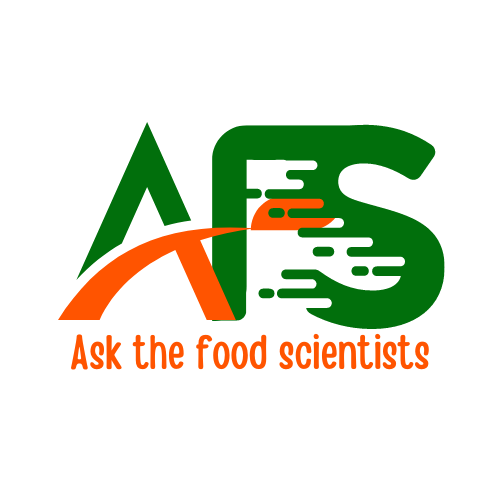Nanotechnology: The manipulation and application of materials at the nanoscale level (one billionth of a meter) for various purposes. The objective is to create and harness materials with unique and exceptional properties that arise at this nanometer scale.
Singh et.al., (2017)
Nanotechnology is all about working with things that are incredibly tiny, at a scale of one billionth of a meter (a nanometer). At this scale, scientists and engineers can manipulate and control materials to create new properties and functions. It’s like having superpowers to change the behavior of things on a tiny scale.
In food science, nanomaterials have been effectively in enhancing nutrient delivery, improving food packaging, developing novel food ingredients, as processing aids, quality enhancers, antimicrobial agents as well as in the development of sensors for quality and safety assessment (Patra et. al., 2018).
Current applications of nanotechnology in food
- Food packaging: Nanotechnology can enhance packaging materials with antimicrobial properties, extending the shelf life of food products.
- Food safety: Nanosensors can detect and remove contaminants in food, ensuring safer consumption.
- Nutrient delivery: Nanocarriers enable targeted delivery of nutrients, vitamins, and bioactive compounds for enhanced bioavailability and nutritional value.
- Food quality monitoring: Nanoscale sensors can monitor and analyze food quality parameters, such as freshness, spoilage, and ripeness.
- Flavor and texture enhancement: Nanoemulsions and nanocapsules can improve the sensory attributes of food by encapsulating and delivering flavors, textures, and aromas.
- Pathogen detection: Nanobiosensors can rapidly detect pathogens and harmful bacteria in food, aiding in early identification and prevention of foodborne illnesses.
- Food fortification: Nanoencapsulation techniques can protect and deliver sensitive ingredients, like vitamins and minerals, allowing for fortification of food products.
- Pesticide reduction: Nanopesticides and nanocarriers can improve targeted delivery of pesticides, reducing the overall amount required and minimizing environmental impact.
- Food waste reduction: Nanostructured materials can be used to develop smart packaging that monitors and controls food spoilage, reducing waste.
- Traceability and authentication: Nanotags and nanosensors can be used for product traceability, authentication, and anti-counterfeiting measures in the food supply chain.
Read the latest from our blog
Ask a question and get answers from our community


